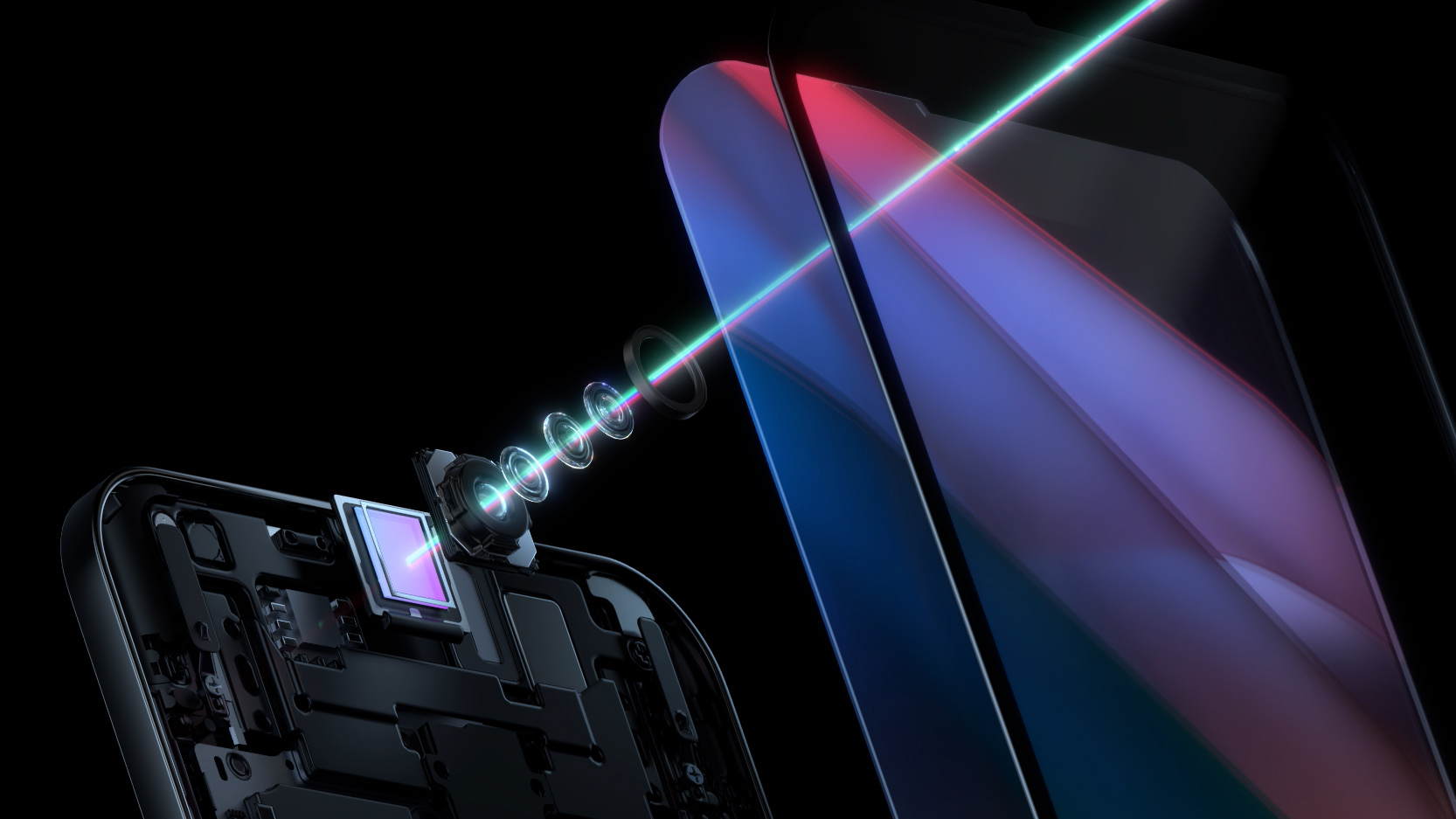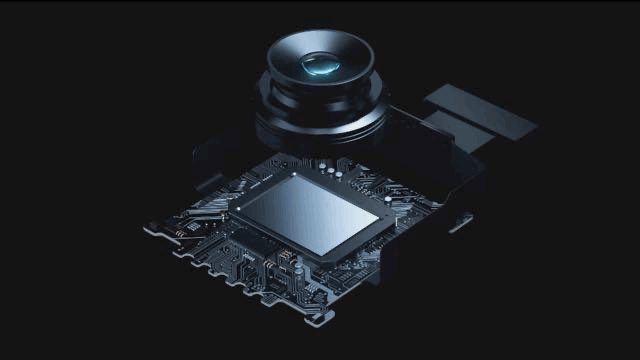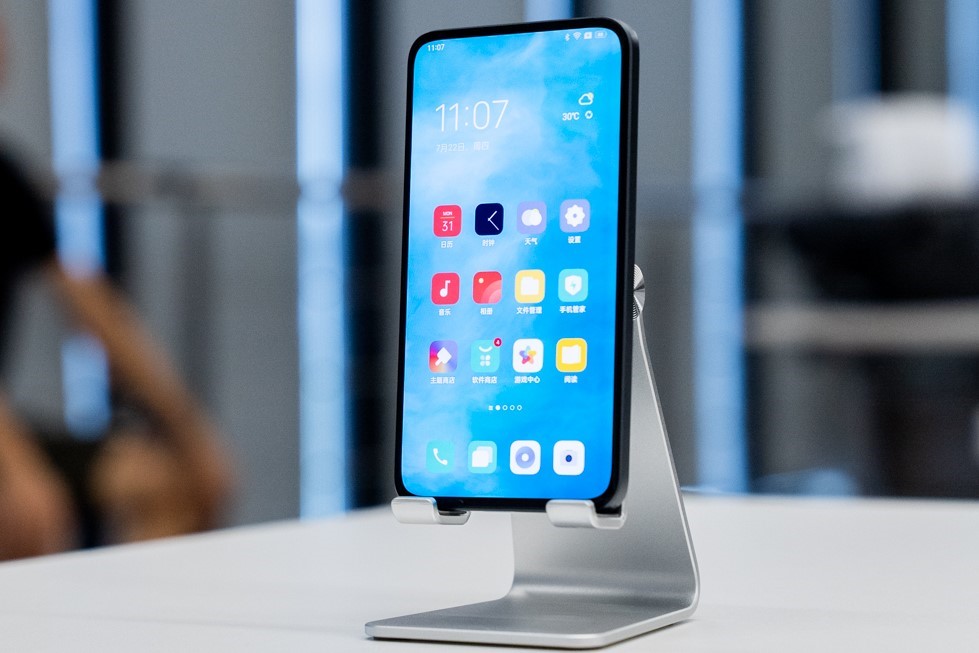OPPO’s 85-200mm optical zoom, OIS, and under-screen camera systems revealed
From five-axis OIS for mobile to continuous 85-200mm optical telezoom – OPPO teases its new camera phone tech

OPPO, the brand behind high-end smartphones like the Find X3 Pro, and the business behind OnePlus has lifted the lid on some of its upcoming camera technologies. These include a brand new RGBW sensor, in addition to OPPO’s 85-200mm continuous optical zoom, five-axis OIS technology, and OPPO’s next-generation under-screen camera.
Unveiled at OPPO’s Future Imaging Technology launch event, we anticipate seeing at least some of these technologies in expected upcoming devices like the OPPO Reno 7, OnePlus 9T, and Find X4 Pro – none of which have been confirmed.
Oppo next-generation RGBW sensor

RGBW sensors aren’t new – back in 2015, the Huawei P8 introduced the sub-pixel formation to smartphones, and since, it’s appeared on the Huawei P9 and on a few other brands’ marketing materials over the last few years. By switching out the standard RGB formation and swapping a green sub-pixel for a white one, OPPO claims its 2021 iteration of the RGBW sensor delivers enhanced light sensitivity with improved color performance.
Working with OPPO’s self-developed pixel binning algorithm, the sensor should provide improved low-light capture. Never one to shy away from numbers, according to OPPO’s lab results, the new sensor captures 60 percent more light than previous generation RGB sensors while achieving a 35% reduction in noise, so images should look clearer and brighter, even in challenging scenes.
OPPO also claims that the new sensor delivers improved color performance, also resulting from improved next-gen pixel binning, boosted computing power devoted to image processing, and Industry-leading DTI pixel isolation technology, and DeepSi processing, which is claimed to prevent sub-pixel crosstalk and improve image quality. The benefits can be expected across a host of scenarios, including photo and video portraits, with improvements to skin, texture, and contrast.
OPPO's continuous optical zoom

Taking a leaf out of Sony’s book and one-upping the Japanese imaging giant, OPPO has also announced its upcoming 85-200mm zoom module, which delivers continuous optical zoom throughout the focal range. While the Sony Xperia 1 III introduced a periscope zoom that operated across two focal lengths, 70mm and 105mm, OPPO’s solution will offer continuous zoom throughout the 85mm and 200mm range.
The new zoom hardware’s specific advancements include the adoption of G+P (glass + plastic) lens technology with two ultra-thin, high-precision aspheric glass lenses to boost optical effects, including but not limited to minimizing stray light.
Get the Digital Camera World Newsletter
The best camera deals, reviews, product advice, and unmissable photography news, direct to your inbox!
The module also features a tunnel magnetoresistance sensor (TMR sensor) to allow the lenses within the camera module to move with increased stability and precision. Additionally, an upgraded guiding shaft motor increases the dynamic tilt which the lens system can be moved at, supporting continuous optical zoom at higher magnifications.
OPPO five-axis OIS

Naturally, at such extreme telephoto ranges, image stabilization is a must, and that brings us onto OPPO’s new five-axis OIS – something we’ve seen a variant of before on the Vivo V60 Pro’s gimbal system. While we haven’t had confirmation we’ll be seeing this in the continuous optical zoom camera system, it should nevertheless give handheld photography on OPPO phones a boost across all cameras.
Steadying the sensor and/or lens by receiving and analyzing movement data from the gyroscope and using algorithms to break it down into respective components, ball-bearing motors and shape memory alloys compensate for movement and deliver clearer, smoother results.
OPPO’s new system will shift the sensor itself when the amplitude of the movement exceeds a threshold, with the five-axis system including horizontal shifting (x), vertical shifting (y), and rolling – together with algorithm compensation. How does this stack up when compared to traditional OIS? It delivers a maximum stabilization angle of ±3°, which is three times greater than traditional OIS tech on smartphones.
Under-display camera

Hot off the launch of Samsung’s Galaxy Z Fold 3 and its under-display camera, OPPO showcased its next-generation alternative.
While the Z Fold 3’s implementation has been widely panned for delivering low pixel coverage over the front camera, resulting in a noticeable moire effect when bright elements are displayed on it, OPPO’s implementation claims to climb to 400 pixels-per-inch over the under-screen camera.
OPPO’s lab technology does what Samsung couldn’t in its consumer-ready offering by using transparent wiring and a new design, resulting in a more imperceptible selfie camera experience.
The front camera on the Z Fold 3 has also been panned for its image quality when compared to its predecessor. Unsurprisingly, OPPO has made claims to outdo Samsung in this respect too. Its upcoming proprietary screen technology matched with AI processing algorithms including diffraction reduction, anti-condensation, HDR, and AWB, will optimize the quality of photos taken – though we don’t know how they’ll stack up to traditional punch hold or notch-housed front cameras.
Commercial availability of this under-display camera tech is a mystery, as is OPPO’s exciting continuous optical zoom system. However, the new RGBW sensor should make its way onto OPPO products in Q4 2021 – possibly on a Reno device based on last year’s launch cycles. Meanwhile, OPPO’s new Five-axis OIS will arrive a little later, in Q1 2022 – most likely in the successor to one of the best camera phones, the OPPO Find X3 Pro.
Read more
• The best camera phones you can buy today
• The best Samsung phones in 2021
• The best budget camera phone
• The best burner phones
• The best phablet
• Which is the best iPhone for photography?
• Best phone cases
• Best wireless chargers
Basil Kronfli is a freelance technology journalist, consultant, and content creator. He trained in graphic design and started his career at Canon Europe before moving into journalism. Basil is also experienced in video production, independently running the YouTube channel TechEdit, and during his time at Future, he worked alongside the Digital Camera World team as a senior video producer.

